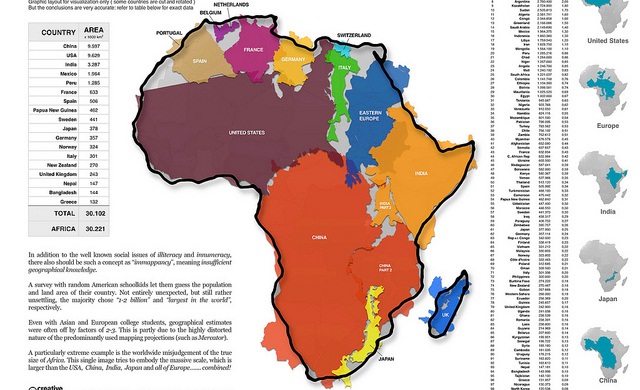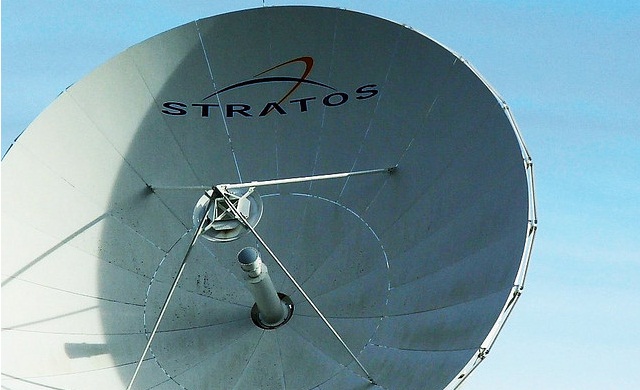Final Results

African Potash, the AIM listed company focussed on sub-Saharan potash assets, has announced its final results for the year ended 30 June 2014.
Highlights:
· Focus on the Lac Dinga Project which is located in a renowned potash region, notable for high grade sylvinite (KCl) in the Republic of Congo
· Strategic potential of Lac Dinga further demonstrated through the completion of a maiden drilling campaign which intersected uniform potash mineralisation in three laterally continuous horizons
· Potash up to 20m thick with individual sample grades of up to 25% KCl
· Defined development plan to further advance Lac Dinga in 2015 with the aim of delineating a Mineral Resource suitable for exploitation
· Excellent infrastructure and proven team to support Project development
African Potash CEO Edward Marlow said, “Lac Dinga has the potential to combine significant sylvinite tonnage at attractive depths with solid infrastructure, proximity to a port, and relatively cheap energy, demonstrating its inherent strategic value. The Project is one of the last undeveloped, high value assets within the potash-rich Congolese basin, and we have made significant progress in unlocking its resource potential.
“With excellent drill results underpinning the success of our exploration programme we remain focussed on further advancing the Project in 2015 with the aim of delineating a Mineral Resources suitable for exploitation. This is an exciting time of development for the Company and I look forward to next year, and the opportunities that await us, with much enthusiasm.”
Chairman’s Statement (In Full):
This has been an important year for African Potash and I am delighted to report on the development that we have achieved to date in transforming our Lac Dinga Project in the Republic of Congo (‘Lac Dinga’ or the ‘Project’) into a large-scale exploration/development property. Our most notable accomplishments during this period include the commencement of a drilling programme at Lac Dinga and the resulting discovery of potash mineralisation, which firmly underpins the value of our Project, in line with our expectations, as a commercial potash asset.
Lac Dinga is located in a renowned potash region, notable for high grade sylvinite (KCl) mineralisation at commercially attractive depths. Local operators include the Sintoukola Potash deposit, owned by Elemental Minerals Limited, which we are contiguous to, and the Mengo Potash Project, owned by Evergreen Resources Holdings (BVI) Ltd.
Our exploration efforts have focussed on identifying high grade sylvinite mineralisation characteristic of the Congo basin, and in August 2014 the Company commenced its maiden drilling programme. The location of these holes was based on the interpretation of approximately 415 line kilometres of 2D oil industry seismic data. Holes LDDH_001 and LDDH_002 were drilled to a collective depth of 994m. These were located over 10km apart near the margin of the basin, in the southern and central part of the Project, where a potash-bearing salt sequence was interpreted to be located at shallow depth and below a uniformly developed anhydrite layer at the top of the salt. I am delighted to report that both holes intersected uniform potash mineralisation in three laterally continuous and up to 20m thick potash horizons, with individual sample grades of up to 25% KCl (~15.8% K2O).
It is significant that the mineralisation is remarkably similar in grade despite the distance between the drill holes. This gives a valuable indication into the potential extent of the mineralisation within the licence area; of which about 250km2 is interpreted to be underlain by salt-bearing strata which occur, as proven through our drill programme, at depths of about 300m to 420m below surface. Significant further upside opportunity exists which we plan to target in the coming year with a view to delineating a maiden Mineral Resource.
The potash horizons comprise predominantly high grade carnallitite mineralisation, however mineralogical studies have demonstrated that the carnallite-bearing potash beds have undergone partial conversion to the higher grade potash mineral sylvinite. This is a significant outcome as it validates our exploration concept and justifies future exploration for high-grade sylvinite mineralisation which as mentioned, we will continue to target in 2015.
Importantly, the Lac Dinga region is supported by cheap energy and good infrastructure, including proximal access to the port of Pointe-Noire, which is approximately 50 km away. This stands us in good stead as we look to advance the Project, and will positively impact capital expenditure and operating expenditure for the Project.
Financial Review:
The Company is reporting a loss for the year of $1m compared with a loss of $0.2m in the prior year, which had benefitted from the write back of an impairment provision of $1.4m. Net Assets have increased to $16.1m (2013: $15.4m) and at 30 June 2014, cash balances were $2.2m (2013: $3.5m).
Outlook:
With strong foundations in place from which to advance the Project, I am confident that 2015 will be one of significant opportunity for Lac Dinga. Planning is currently underway for the Company’s 2015 exploration campaign; this will be based upon the excellent results received from the recently completed drill programme and reconnaissance work. It is our intention that future exploration, the extent of which will be dependent on the availability of future funding, will lead to the delineation of a Mineral Resource suitable for exploitation. This will represent a significant step in further unlocking the Project’s high value potash assets and we look forward to providing investors with timely updates on this in due course. In the wider context, I believe the long-term outlook for potash remains strong and the strategic importance of potash as a commodity is clearly evident, particularly in light of global food production requirements. Consequently, with forecast low operational costs, proximal access to a deep water port, and excellent, high grade potash potential, the Lac Dinga Project has considerable strategic value.
Jean-Pierre Conrad
Chairman
22 December 2014


 Hot Features
Hot Features












